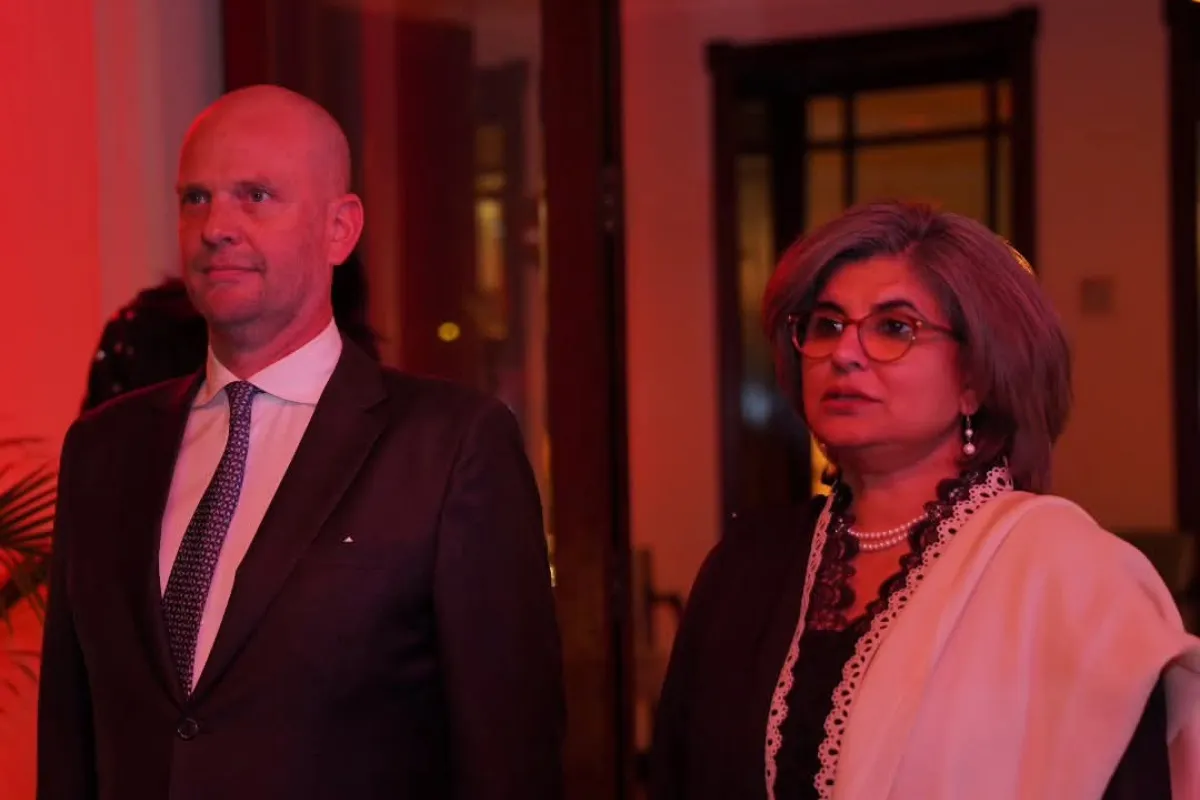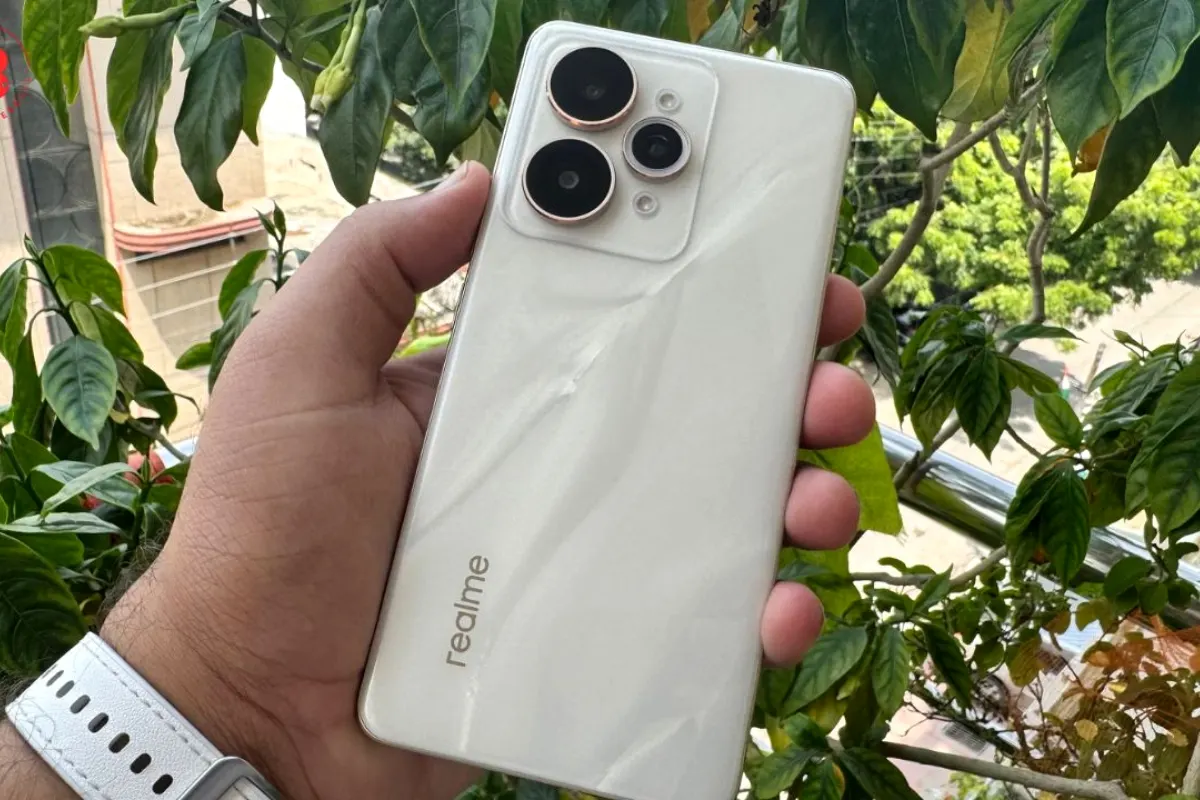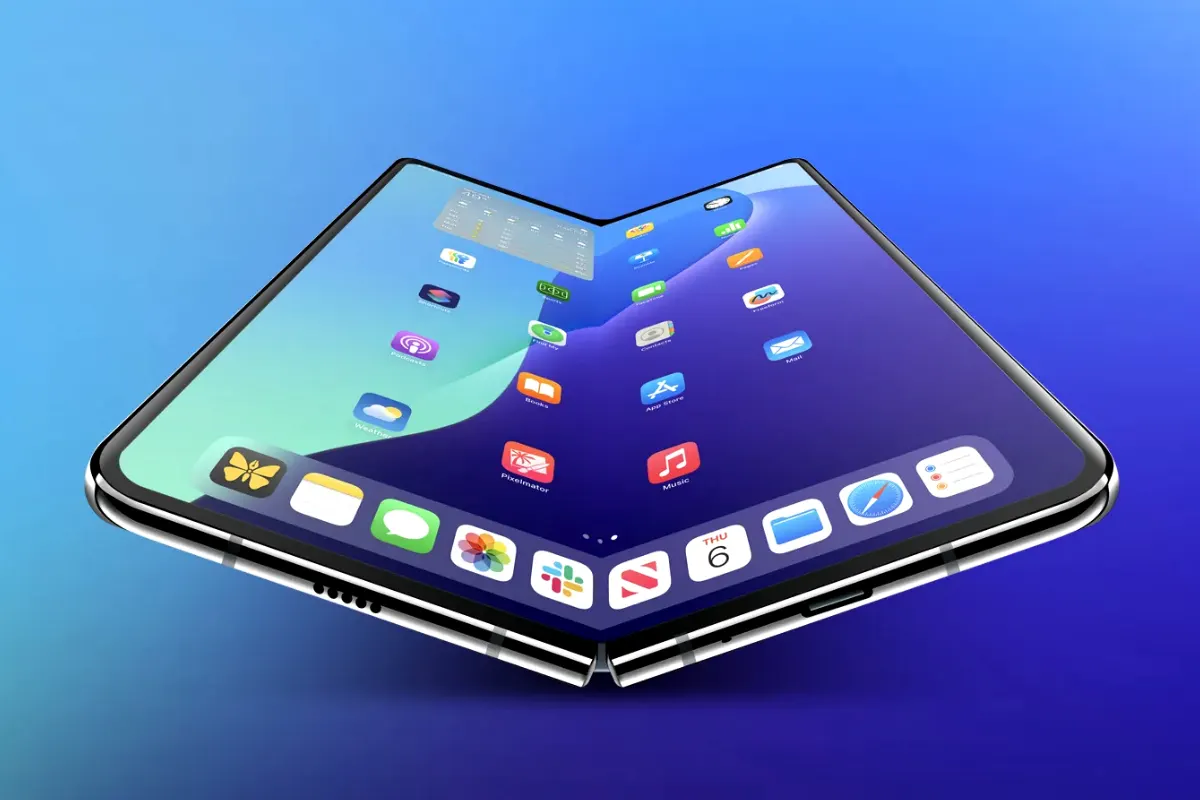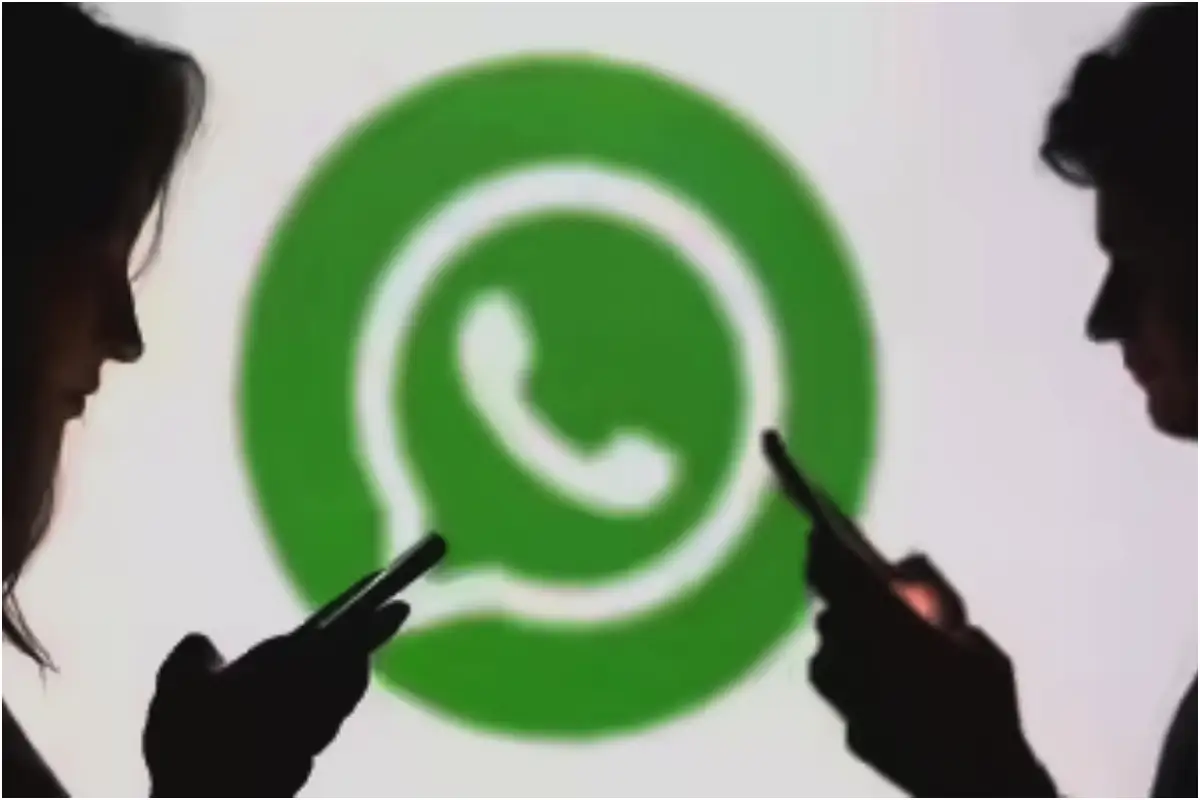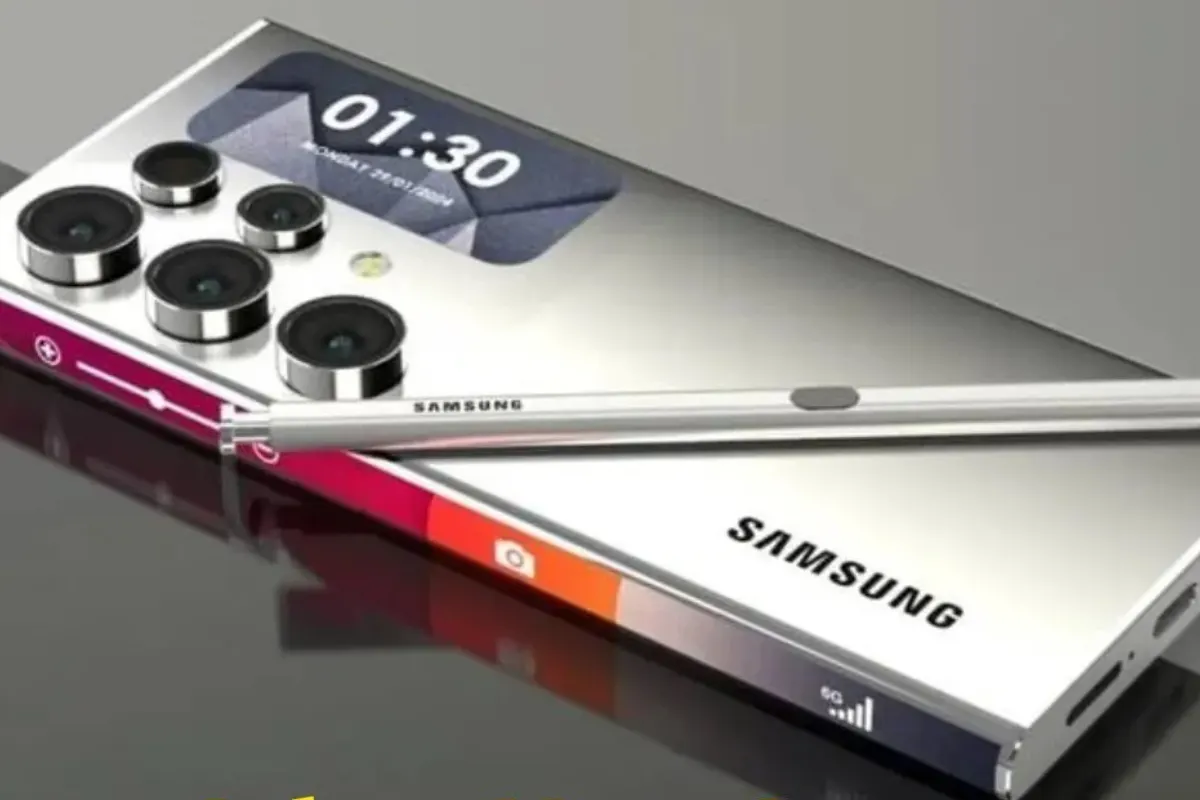What is Li-Fi? The wireless technology that’s 100 times faster than Wi-Fi
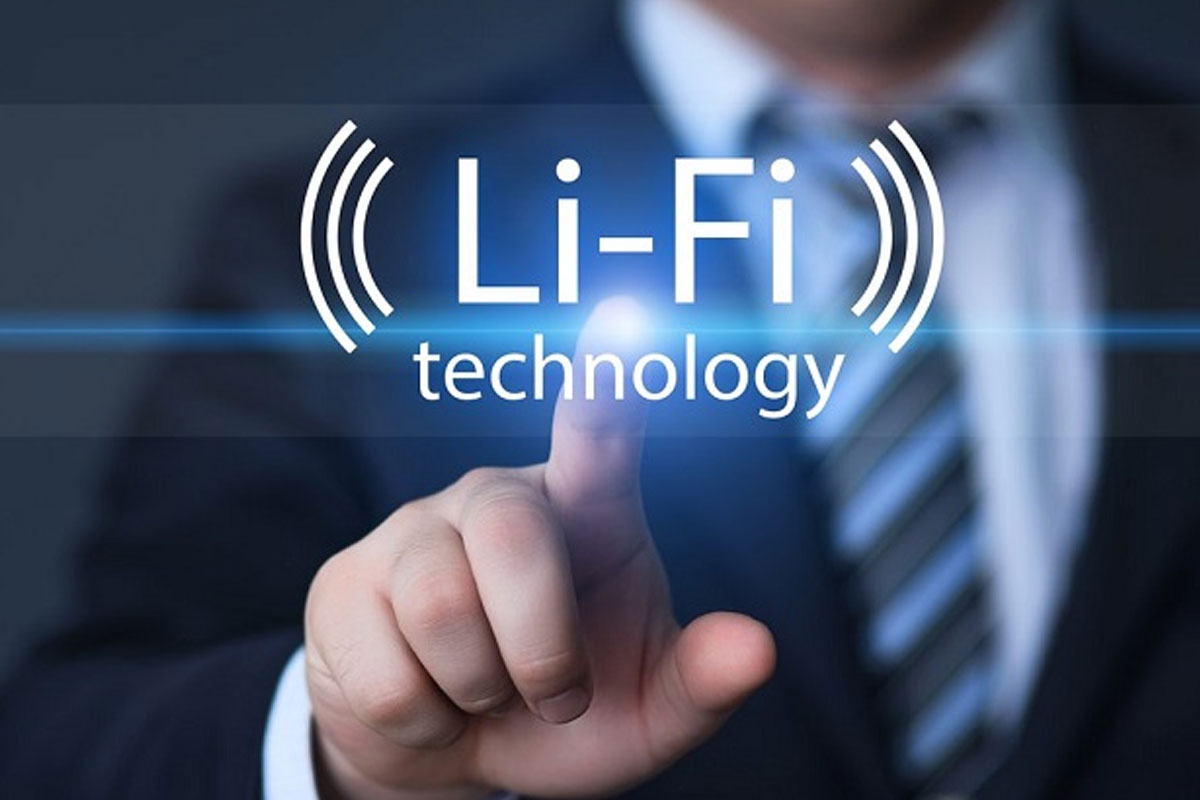
What is Li-Fi? The wireless technology that’s 100 times faster than Wi-Fi
Wi-Fi has dominated global connectivity for decades, but emerging technologies like Light Fidelity (Li-Fi) are now challenging its reign. Unlike Wi-Fi, which uses radio waves, Li-Fi harnesses visible light to transmit data. Imagine your internet connection flowing through the glow of an LED bulb—this is the core idea behind Li-Fi.
What is Li-Fi?
Invented in the 2000s by German physicist Harald Haas, Li-Fi converts light into a two-way data highway. French tech firm Oledcomm began pioneering experiments in 2008, revealing that flickering light signals (invisible to the human eye) could carry information. While still experimental, Li-Fi boasts speeds up to 100 times faster than traditional Wi-Fi, sparking excitement about its potential.
How does Li-Fi work?
Li-Fi operates as a visible light communication (VLC) system. Data travels through LED bulbs, which flicker at ultra-fast rates undetectable to humans. These rapid pulses encode binary signals (0s and 1s), which devices decode using photodetectors. For instance, a Li-Fi-enabled lamp could beam internet to your laptop while illuminating your room.
However, light cannot penetrate walls—a double-edged sword. While this limits range, it also enhances security, as signals stay confined to lit areas.
So what does this technology mean for the Internet?
Wi-Fi has evolved through generations (Wi-Fi 6, 6E, and now Wi-Fi 7), but Li-Fi’s advantages go beyond speed:
- Security: Since light doesn’t pass through walls, hackers can’t intercept signals from outside.
- Speed: Theoretical speeds reach 224 gigabits per second—ideal for 4K streaming, VR, and lag-free gaming.
- Reliability: Immune to electromagnetic interference from devices like microwaves or Bluetooth.
Yet Li-Fi isn’t flawless. It requires direct line-of-sight and struggles in bright environments. Hybrid systems (Li-Fi + Wi-Fi) might bridge these gaps.
When will it be available?
Li-Fi remains in labs and pilot projects, but companies like Oledcomm aim for commercial rollout by 2029. Early adopters could see niche uses—hospitals, airplanes, or secure offices—where radio waves are risky or impractical. For now, Wi-Fi isn’t going anywhere, but Li-Fi’s light-powered future is glowing brighter
Catch all the Technology News, Breaking News Event and Trending News Updates on GTV News
Join Our Whatsapp Channel GTV Whatsapp Official Channel to get the Daily News Update & Follow us on Google News.


